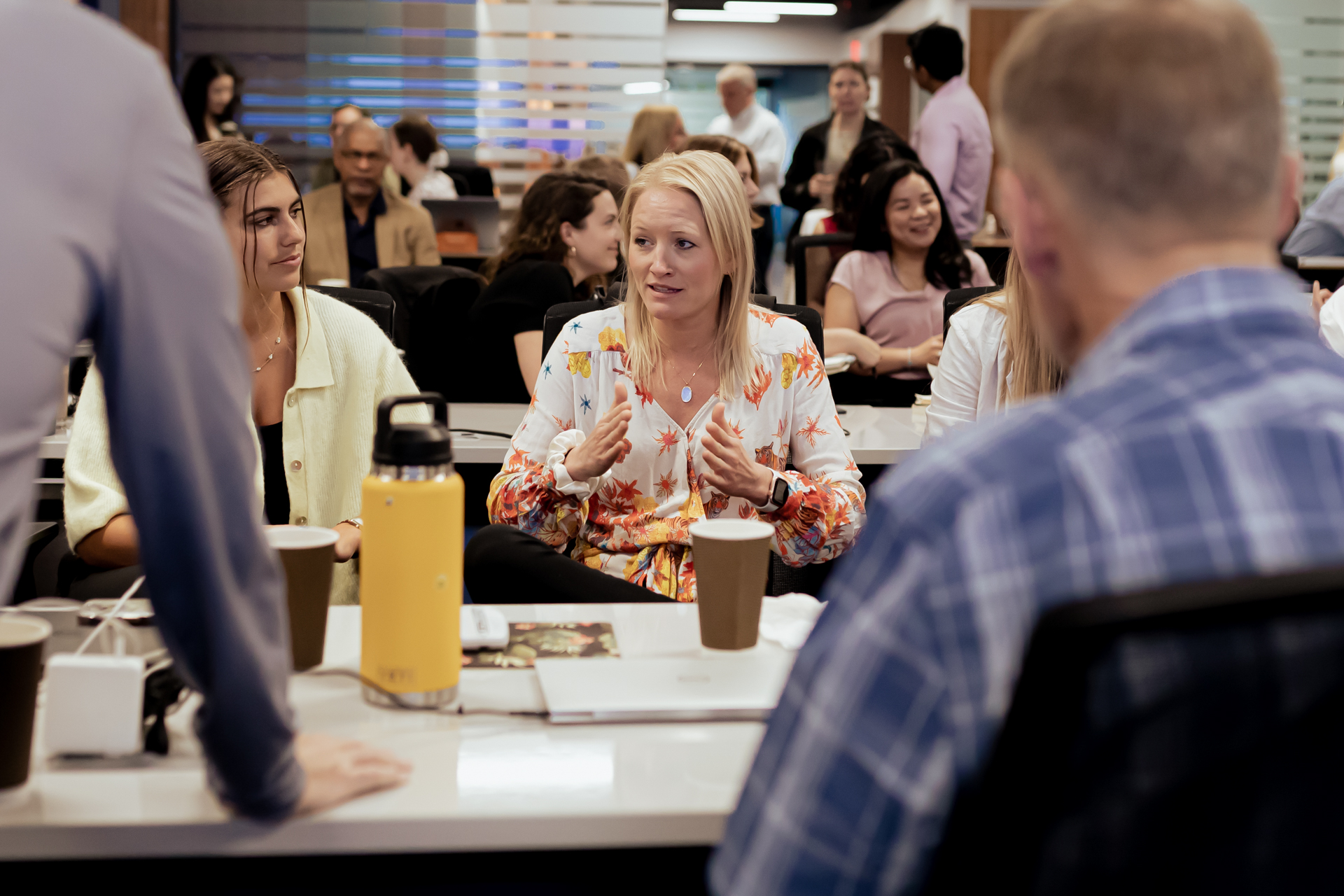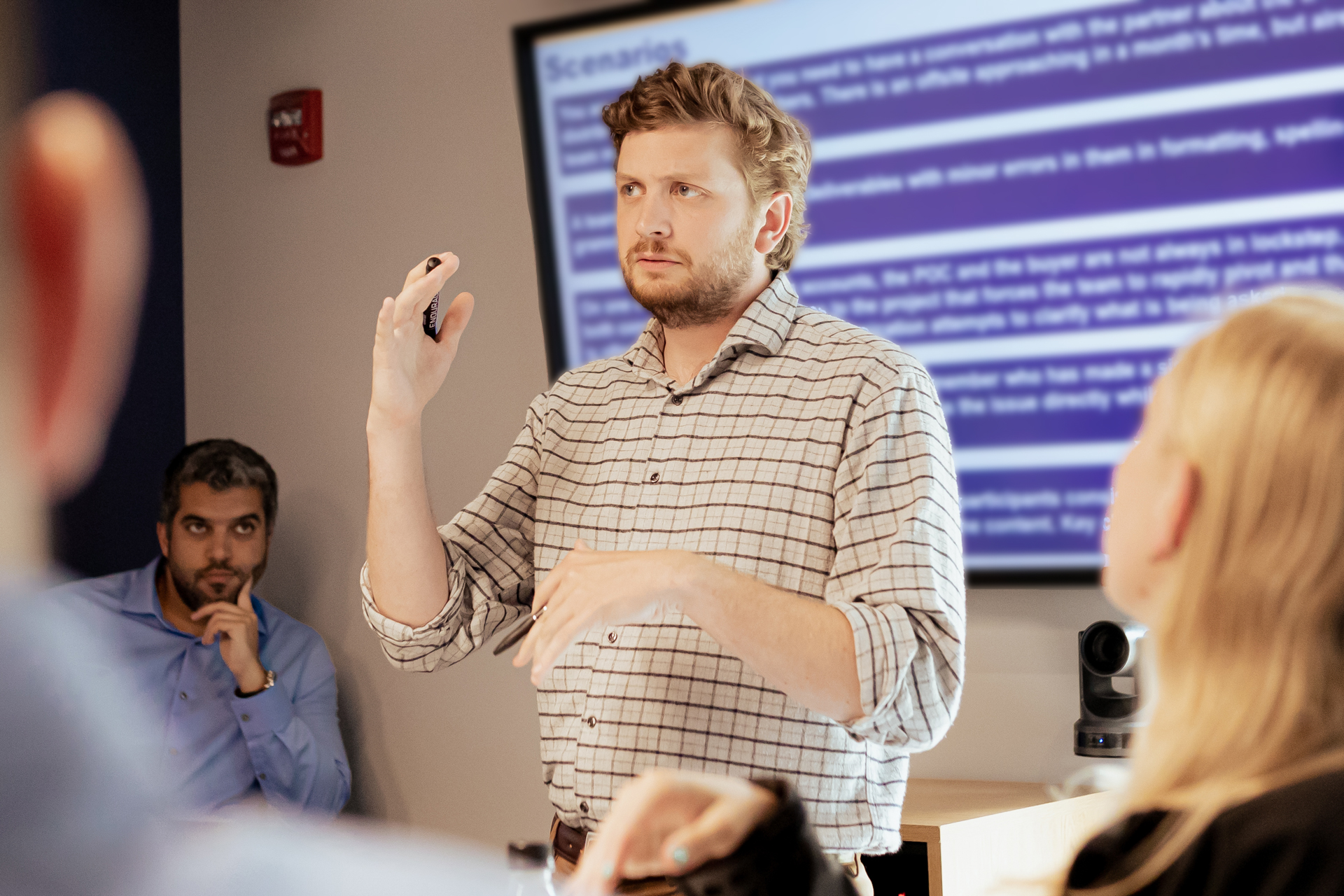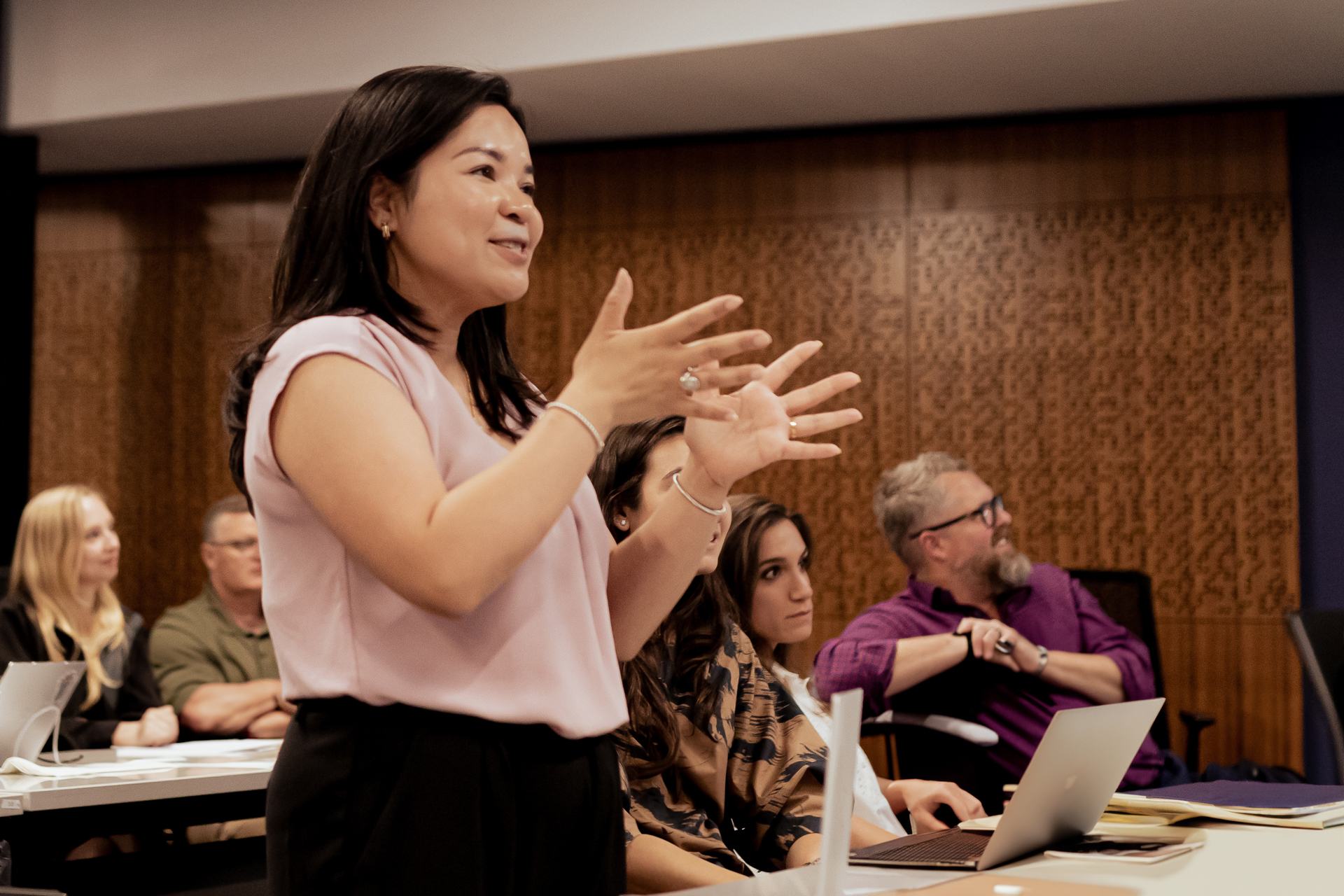The new year is a great time to refresh, refocus, and reconnect. You might take this time of year as an opportunity to be with friends and family or put some thought into setting some New Year’s resolutions. When faced with a blank slate of possibilities, now is the ideal time for individual self-reflection and goal setting so that you can embrace the new year with renewed motivation and direction.
But how can you scale this kind of self-reflection and revitalization to the organizational level? While it might be possible to integrate some reflection exercises or goal setting into your existing meeting cadence – a more effective approach would be to take the team outside of their normal operating rhythm and jumpstart the year with a tailored All Hands. As we’ve all come to know, it feels nearly impossible to add yet another event or initiative amid the crush of activity to start the year.

Of course, an All Hands event is expensive—both in terms of the actual cost of putting it on and the time cost of taking people out of their day-to-day jobs. So, to get the most value out of your investment, it is crucial to plan and deliver an All Hands event that is tailored to your organization, your strategic goals, and your operating environment.The following three sections outline how you can get the most out of your All Hands events:
Planning an Effective All Hands
- Define Objectives and Outcomes: Too often, organizations treat All Hands like any other communication channel, using it solely to share information on what has happened since the last All Hands and what must happen before the next. Setting clear objectives and outcomes for the event will elevate the conversation above mere information-sharing into genuine collaboration.
- Agenda Design: Since you want to get the most value out of your investment, it is tempting to pack the agenda full of intense, result-producing sessions. However, the most value often comes out of the white space between agenda items. Plan formal networking events but leave plenty of time for informal networking; don’t schedule working sessions over mealtimes. Instead, allow your agenda (and participants!) to breathe. Not only is this culture-building – as attendees, particularly geographically dispersed ones, get to know each other on a more personal level – but it will reap untold benefits in the future as a better-networked workforce is a more effective one.
Executing an Effective All Hands
- Dynamic Delivery: No one wants to sit in a room and be talked at – as such, ensuring you’re using visual storytelling, case studies, and breakout discussions to keep things varied and keep participants paying attention. Everyone learns in different ways. Tapping into all the ways people receive and digest information is key to informative sessions. A mistake we see some organizations make is believing that Q&A portions with leaders or live problem-solving sessions require less structure than a more traditional information-sharing session. Unfortunately, the opposite is often true. Having more open-ended, participant-driven sessions is incredibly effective to drive engagement, divergent thinking and rich discussions – but only if they are intentional and well-run. Using a Red Teaming approach can help provide structure to discussions, particularly if the goal is to discuss challenging topics. Otherwise, surveys, online forms or applications can be used to encourage participation and moderate content live in a session.

- Leadership Role: In any meeting, your role as a leader is crucial to setting the tone and modeling the right behaviors. At an All Hands, this role is even more amplified as your audience is likely to be much larger. I have worked with clients where one thoughtlessly flippant comment made by a leader at an All Hands was still talked about by employees years after the event. Conversely, I have seen a leader share such a poignantly vulnerable anecdote that it completely shifted the mood of the entire event – leading to far greater transparency and honesty in all following sessions. Keep your messaging aligned to the objectives and outcomes for the event, and be mindful of what you say, even in the informal networking portions of the agenda.
Post-Event Follow-up
- Reinforcing Key Takeaways: Nothing is more dissatisfying than taking part in an event and seeing no follow-on. Most organizations remember the immediate follow-on – sharing the important takeaways and action items identified during the event – but usually neglect a long-term communications strategy. If a discussion topic was identified as particularly important during All Hands, integrate it into the agenda of your regular standing meetings so that those discussions can be completed and concluded. When action items or decisions identified at the All Hands are finished, ensure they are communicated to the organization. If an All Hands is to impact the organization long-term, its themes and content must be long-term components of your internal communication strategy.
There is no denying that putting on an effective All Hands event is a significant investment of time, energy, and money. But with careful planning, thoughtful delivery, and committed follow-through, this investment will pay long-term dividends in stronger strategic alignment, high engagement, and better team performance.



